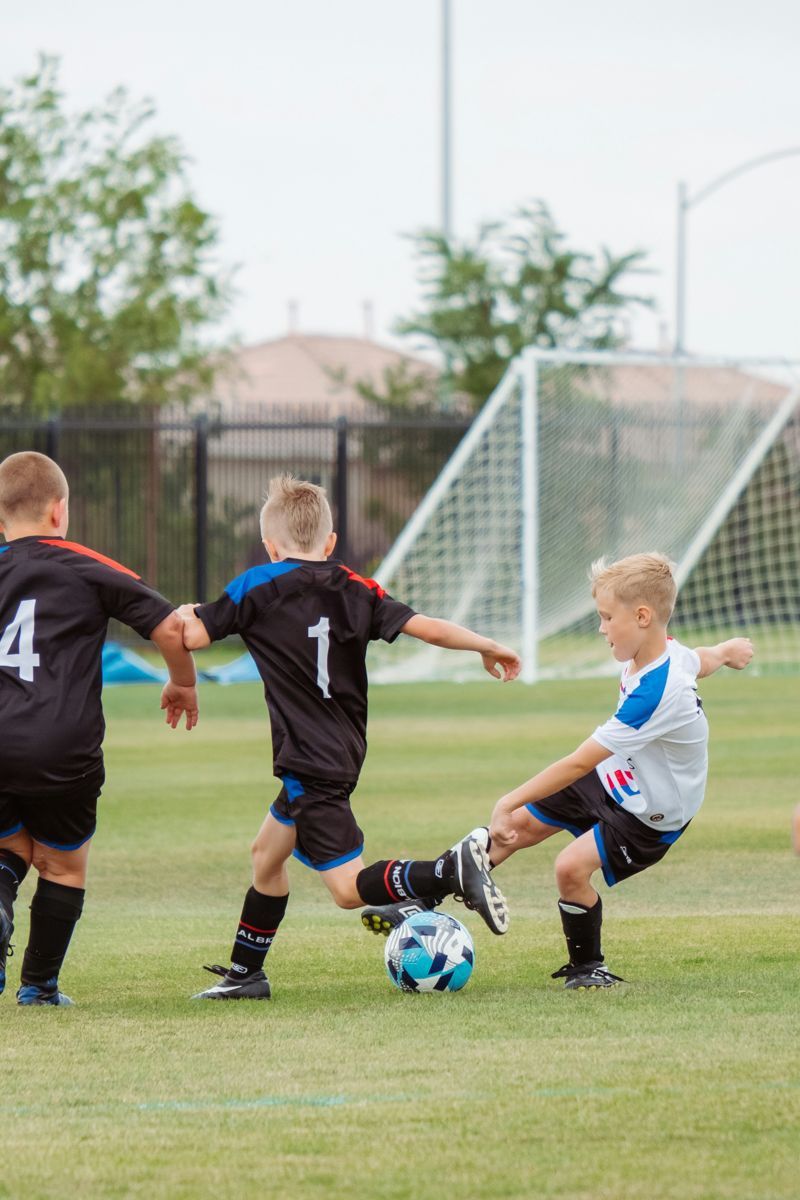Scary reputation aside, the ugly yet noble lamprey has survived for millions of years but is now under threat nationwide. An important taonga species for Māori, it’s hoped new monitoring techniques will be able to shed light on their numbers locally.
he pouched lamprey (Geotria australis) is a creepy, boneless fish that pre-dates the dinosaurs and is nicknamed ‘vampires of the sea’ because they latch themselves onto other fish, sucking their blood and other bodily fluids. Today, they are classified as threatened – nationally vulnerable, with populations declining nationwide. These fascinating creatures, known as piharau in the North Island and kanakana in the South Island, are the only lamprey species in New Zealand.
For centuries, they filled kai baskets of generations of mana whenua around the country, providing an incredible food source during the winter months. Special pā kanakana (lamprey weirs) were laid straight across a river in the spring, when they are migrating for spawning, leaving an opening to one side where the current would sweep them into a hīnaki (eel pot) downstream. But in recent years, declining numbers due to habitat loss and degradation mean it’s no longer a common sight on marae dining tables.
As part of its nationwide Ngā Awa river restoration programme, the Department of Conservation (DOC) has been working locally with Te Rūnaka o Arowhenua as mana whenua and kaitiaki of the Rakitata (Rangitata) River, other government agencies, environmental organisations, and the wider community to together restore the river.
Geraldine-based DOC ranger Brad Edwards, who has been involved with DOC for almost 30 years, was tasked with leading the restoration efforts on the Rakitata River. Once an area of incredible abundance, the Rakitata is home to unique braided river plants and animals, habitats and ecosystems.
Geraldine-based
DOC ranger Brad Edwards testing water conditions in McKinnons Creek, a lowland tributary on the south side of the Rakitata (Rangitata) River.
Photo Annie Studholme.
Adult lamprey possess a round sucker-like mouth surrounded by rasping horn-shaped teeth.
Photo Dr Cindy Baker, NIWA.
Brad says from the start of the project, Te Rūnaka o Arowhenua raised concerns over the decline of kanakana in the Rakitata. Though still present during fish surveys conducted during the 1980s, anecdotal evidence points to dramatic losses in recent years. ‘It’s probably just hanging in there, but we need to know more to better understand and protect the species. There is so much we don’t know about them. They are very cryptic and mysterious.’
Though they are widespread and often more common than people realise, few people have ever seen a lamprey and those that have may have confused it for an eel even though they are not closely related. They are more closely related to sharks and rays, explains Brad.
Unlike eels, lamprey belong to a small but important group known as Agnatha (jawless fish), the most primitive of all living vertebrates. They have no jaws or bones, only a cartilage skeleton. Moreover, lamprey have no paired fins or scales, and just behind their eyes, they have seven pairs of small holes that are the openings of their external gills. Male adult lamprey also develop a large pouch just behind their mouths.
But perhaps the biggest difference is the lamprey’s large, permanently open, toothed, funnel-like, circular sucking mouth, which is reminiscent of the alien that tries to swallow the Millennium Falcon on an asteroid in the first (or third depending on how you look at it) Star Wars movie. Further adding to their scary reputation, is that they can also use their mouths to climb 20-metre-plus vertical waterfalls.
Looks and reputation aside, there is a lot to appreciate about this native fish, says Brad. Lamprey come from a different age of life on Earth. It is a creature of Gondwanaland. They’ve been around longer than the dinosaurs, even longer than trees. All trees. Fossil evidence shows they have travelled our oceans and rivers for around 500 million years.
There are some 40 known lamprey species worldwide. They are found in temperate waters practically everywhere, and not all are parasitic in their feeding style. The pouched lamprey is only found in New Zealand, western and eastern Australia and Tasmania.
Brad says of all lamprey species, the New Zealand species is unique in terms of its freshwater breeding and life stage, which can take about nine years to complete and has three specific phases. It’s distinctly different to New Zealand’s other migratory freshwater fish. Born in fresh water, lamprey spend most of their life at sea and then return to fresh water to spawn, whereas other migratory freshwater fish tend to spend their juvenile life stages at sea and return to fresh water to grow into adults. The lamprey life stages are so physically dissimilar from one another that 19th-century biologists described them as different species, he explains.
Adult lamprey migrate into the river in late autumn/early spring, travelling upstream to find a suitable hole or crevice with a hard surface and good water flow to lay their eggs. By now, they are up to 80 cm long. Sleek and silvery blue, they migrate at night, but sometimes can also be seen during the day, preferring dull moons or cloud cover and swollen streams. ‘When they come in from the sea, they are really beautiful. They are a pale iridescent blue. They’re just stunning,’ says Brad.
But during their journey upstream, they change colour to a dull brownish grey. Adult fish do not feed in fresh water, living off fat reserves, and shrink to two-thirds of their adult size, while male fish also develop a large baggy pouch behind their mouths. Adult lamprey can spend up to 18 months maturing in their stream, and spawning has been found in October and November the year after they enter fresh water.
Once they’ve laid their eggs, both male and female fish stay in the nest for up to seven weeks and guard the eggs against predators, then die. Lamprey larvae, called ammocoetes, hatch in about six weeks and spend another few in the nest. After leaving the nest, they spend up to four years hiding amongst the gravel and sand at the bottom of their natal waters before heading out to sea.
As they approach migration, juvenile lamprey sprout eyeballs, a kidney to handle seawater and their trademark sucker mouth, morphing into ‘mini adults’. No longer filter feeders, they live their adult lives as parasites, travelling the Pacific by whale or shark, drinking the host’s fluids, and keeping the wound fresh with their tiny rasping tongues. Like mosquitos, they have an anticoagulant in their saliva that ensures the blood of the host fish does not clot while they’re feeding. While at sea, lamprey travel long distances in large groups and often swim near the surface. Lamprey have been found as far south as Antarctic waters.
Because they are so secretive, little was known about the lamprey until the past decade. NIWA researchers, led by Dr Cindy Baker, have been looking at how lamprey use ‘pheromones’, which are chemical signals excreted by juvenile and adult lamprey. They have also been using Passive Integrated Transponders (PIT) to track pre-spawning lamprey in a bid to locate spawning sites. After years of research, in 2013 they found the first spawning nests ever observed in New Zealand – or the southern hemisphere – in the Okuti River on Banks Peninsula.
An adult lamprey that has been in fresh water for a while.
Photo Dr Cindy Baker, NIWA.
Unlike salmon, lampreys don’t return to their natal stream. Instead, adult lamprey can detect the powerful pheromone (smell) of baby ammocoetes upstream, indicating a fertile spawning ground. The stronger the signal, the more ammocoetes in the stream, and the better the breeding site is deemed to be.
By employing new techniques, Brad is hoping they’ll be able to get a better handle on the lamprey stocks in the Rakitata and its tributaries. He is currently using a relatively new detection technique, Environmental DNA (eDNA), to get a picture of where lamprey are present in the Rakitata, taking a series of samples from throughout the river targeting those side streams and creeks where lamprey could be breeding.
The sampling kits and metabarcoding analysis target fish, mammals, birds, invertebrates (including Echyridella freshwater mussels), plants, algae and bacteria from kilometres upstream of the water sample. But while it gives DOC a comprehensive list of what’s present, it can’t tell you exactly where and how many are there, he explains.
Once Brad has established lamprey are present, next year he hopes to undertake pheromone sampling which will help him to identify key habitats and determine the distribution of lamprey in the area. ‘It will tell us where we need to do our restoration work. These new techniques are really changing our ability to learn about kanakana.
‘I see this work as starting to turn the corner for kanakana, because for the first time the swell of the concern of rūnanga across the motu, shared knowledge and coordinated projects like Ngā Awa and NIWA’s targeted research are starting to give us the management information we need to restore kanakana stocks.’
Recent stories



All Rights Reserved | CountryWide Media




